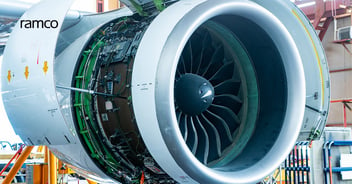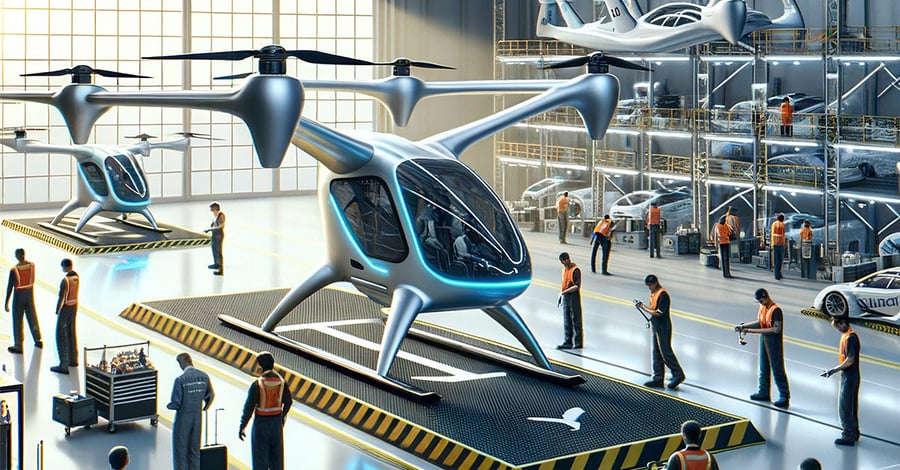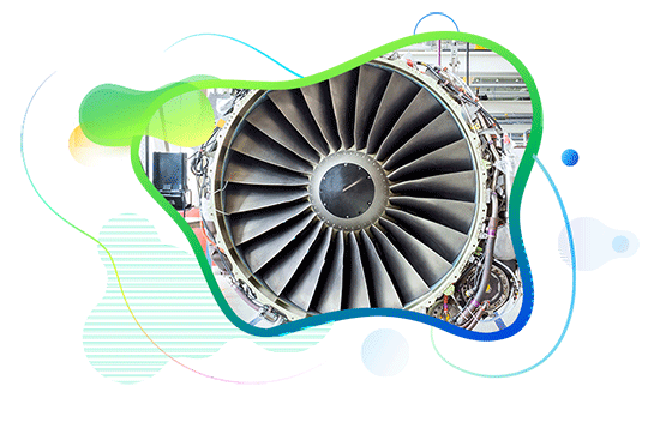
How eVTOL is Outpacing Traditional MRO Models
Published :

The advent of electric vertical take-off and landing (eVTOL) aircraft is poised to revolutionize the aviation industry, with far-reaching implications for the maintenance, repair, and overhaul (MRO) sector. As eVTOL technology continues to mature, it is becoming increasingly clear that traditional MRO models will need to adapt to meet the unique requirements of these innovative aircraft.
The rapid development of eVTOL technology is driven by a confluence of factors, including growing environmental concerns, the need for more efficient urban transportation, and advancements in battery technology. These factors have created a favorable environment for the development and deployment of eVTOLs, which promise to offer a more sustainable and convenient mode of transportation.
The transition to eVTOLs presents both challenges and opportunities for the MRO industry. On the one hand, eVTOLs incorporate novel technologies and materials that require specialized maintenance expertise. On the other hand, the growing market for eVTOLs offers significant potential for MRO software providers to expand their services and capture new business.

Traditional aircraft maintenance primarily focuses on mechanical systems, such as engines, airframes, and landing gear. However, eVTOLs introduce a range of new components and systems that require specialized maintenance attention. These include:
The complexity and novelty of eVTOL technology present significant challenges for MRO aviation software providers. Traditional maintenance practices may not be directly applicable, and new tools, techniques, and training programs may be required. Additionally, the safety-critical nature of eVTOLs demands rigorous maintenance procedures and quality control measures.
As the eVTOL industry continues to grow, MRO software and ractices will likely evolve to meet the specific needs of these aircraft. Several key trends can be anticipated:
As the eVTOL industry continues to mature, MRO aviation software providers seek innovative solutions to optimize maintenance processes and ensure the safety and reliability of these complex aircraft. Digital twins and virtual verification and validation offer promising avenues for achieving these goals.
Digital twins, virtual replicas of physical assets, can revolutionize eVTOL maintenance by providing real-time insights into aircraft health and performance. By ingesting telemetric data from sensors and other onboard systems, digital twins can:
Virtual verification and validation (VV&V) techniques can significantly streamline the development and testing of eVTOL aircraft, as well as optimize their performance and safety. By creating virtual environments, MRO aviation software providers can:
The advent of eVTOL aircraft presents a significant opportunity for MRO software providers to expand their services and capture new business. However, success in this emerging market will require significant investments in technology, expertise, and infrastructure, including:
By making strategic investments in these areas, MRO aviation software providers can position themselves as leaders in the eVTOL maintenance market and capitalize on the significant opportunities that lie ahead. The future of aviation is electric, and those who are prepared to embrace the challenges and invest in the necessary resources will be well-positioned to succeed.
Enterprise asset management (EAM) involves the management of mission critical assets of an organization throughout each asset's lifecycle. EAM is used to plan, optimize, execute, and track the needed maintenance activities with the associated priorities, skills, materials, tools, and information. The aim is to optimize the quality and utilization of assets throughout their lifecycle, increase productive uptime and reduce operational costs.
Enterprise asset management (EAM) involves the management of the maintenance of physical assets of an organization throughout each asset's lifecycle. EAM is used to plan, optimize, execute, and track the needed maintenance activities with the associated priorities, skills, materials, tools, and information.
The software helps in effective maintenance of assets through preventive, predictive, shutdown and breakdown maintenance strategies. The system also helps enterprises mitigate equipment risks by enhanced safety standards. The streamlined operations and improved asset performance helps organizations increase their investment effectiveness.
EAM is important because it helps organizations track, assess, manage and optimize asset quality and reliability. Asset intensive Organizations have hundreds, thousands, even millions of assets which needs to be maintained to maximize / optimize life of these assets to increase the return on investment.
The key features of effective EAM are:
Asset Intensive companies under the following Industries :
Contact us for a meeting and schedule a demo
This differs on case to case basis, based on the type of installation and unique industry specific requirements. Contact us for a meeting and schedule a demo.
This differs on case to case basis, based on the type of installation and unique industry specific requirements. Contact us for a meeting and schedule a demo.
Stay Connected, follow us on LinkedIn / Twitter to know more about EAM Software latest trends.

All Rights Reserved. © Copyright 2024. Ramco Systems.